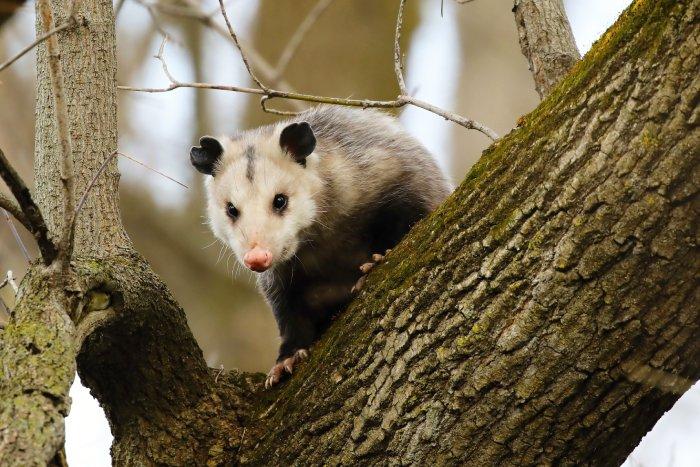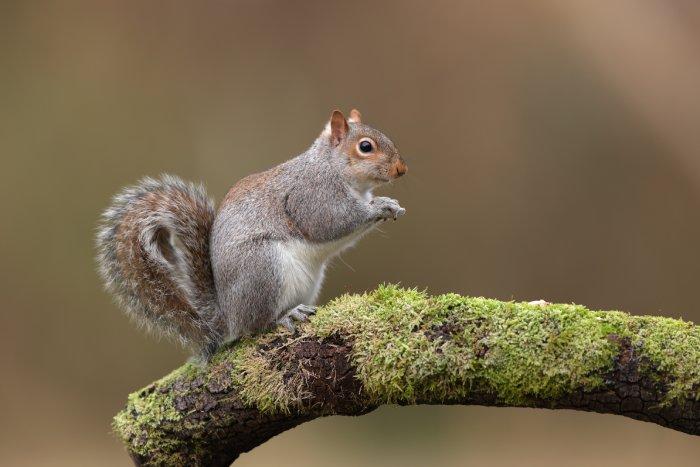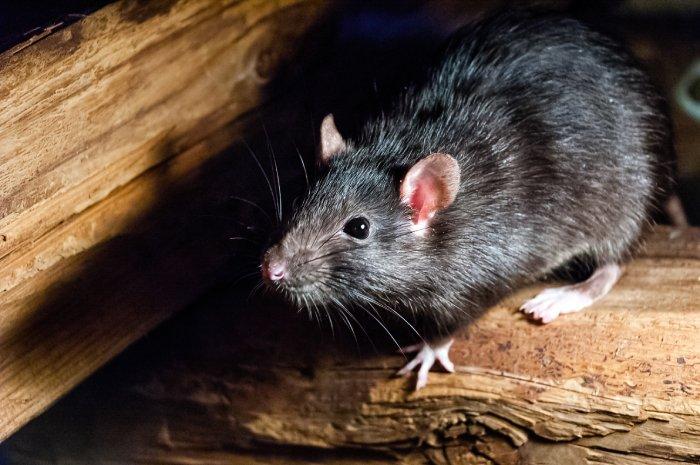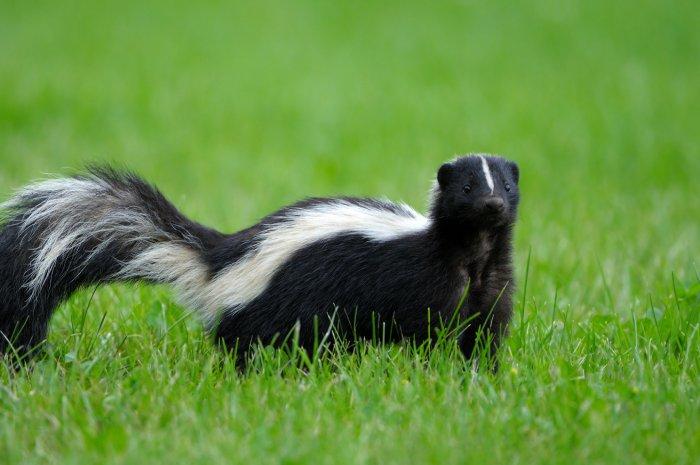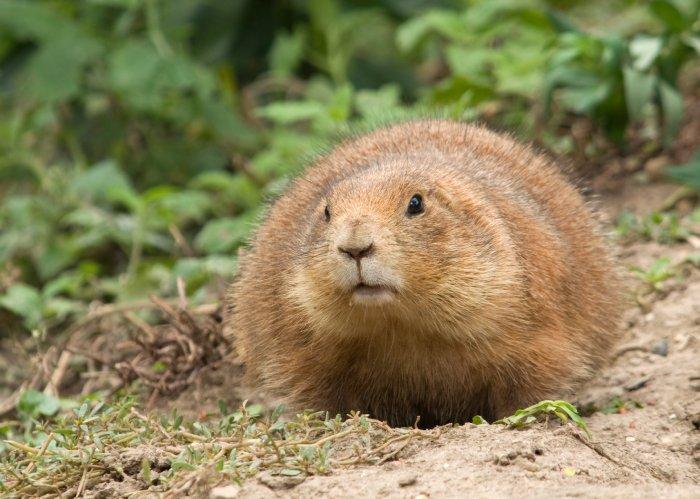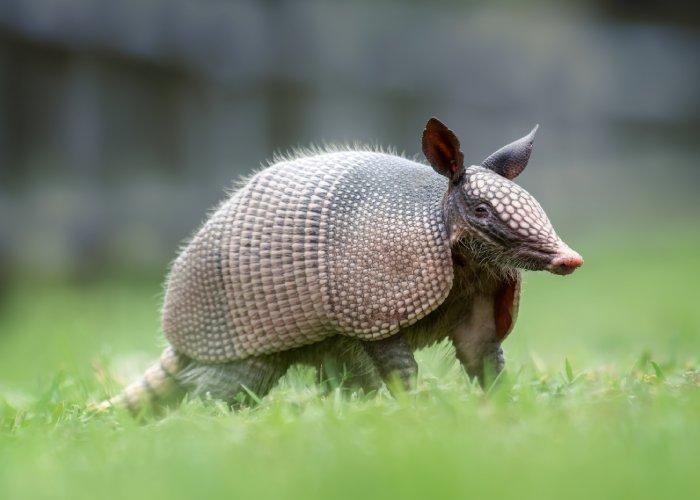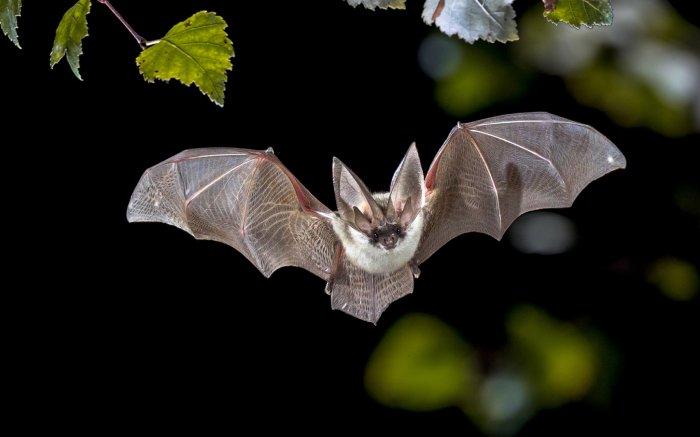
What Damage Can Wildlife Pests Cause Around My Home?
Wherever you live, chances are there are wildlife pests that can make your life difficult. From squirrels and raccoons to bats and groundhogs, all regions have critters that aren’t wanted in our homes and yards—as adorable as they might be. Learn about the most common wildlife pests in North America, how to tell if you have a wildlife problem, and what to do to get them off of your property.
What Animals Can Be a Nuisance?
We’re big advocates of living a peaceful co-existence with the natural world, but when wild critters invade your home or yard, you may be looking to keep them away. Below, we’ll talk about common pests in the U.S. and how you can encourage them to find homes outside of your yard and home.
Raccoons
Weighing between 4-23 lbs, raccoons come in many different sizes. They are omnivorous, and not picky about it. They’ll eat fish, rodents, frogs, birdseed, pet food, garbage, and any type of human food they have access to.
Raccoons are nocturnal mammals that prefer to make their homes in the hollowed out insides of trees. When it gets cold, they can move inside and make dens in sheds, attics, and basements.
While adorable, raccoons can be very destructive. They have deft front paws that they use to make a mess. Raccoon prints will have five long fingers, resembling a small human handprint. If you see tipped over garbage cans, ruined bird feeders, torn shingles, or damaged gardens, raccoons could be the culprit.
To get raccoons off of your property, make sure that all food and water is cleaned up at night, and that garbage cans are tightly secured. If you have a garden, you may want to consider a small electric fence, since raccoons can easily climb wire fences and even open gates.
Opossums
Interestingly, opossums are the only marsupial in North America! They also have the most teeth of any mammal in North America, with 50 sharp teeth in their pointed snouts. And they really do play dead.
Opossums are, by nature, opportunists. While they prefer to make their homes outdoors, if your home offers an entry point and access to plentiful food and shelter, they won’t hesitate to come right in. If you find that your compost is stolen, garbage is shredded, the garden is raided, or you have torn ductwork or insulation, an opossum may be the culprit.
Once you’ve determined that the pest is, in fact, an opossum, you have a few options. First, tidy up anything that can attract the opossum to your yard like garbage, fallen branches, old fruit, etc. Then, patch up any openings where they could enter your home. To deter them from coming back, motion-activated sprinklers can be effective. Finally, there are live traps you can use so that the opossum isn’t harmed.
Squirrels
Squirrels often rank first on the list of most prominent city-dwelling pests. Living in trees, attics, and decking, tree squirrels, flying squirrels, or pine squirrels can make quite a mess of your home. Squirrels will raid bird feeders and damage wood siding and electrical wires. These critters are diurnal, meaning that you’ll see them active during the day (or hear them in your attic!).
To keep these pests out of your home, make sure that any trees surrounding your roof are trimmed so they are more than ten feet away. Squirrels are excellent jumpers and can close a distance smaller than that quite easily. Additionally, make sure any cracks, missing roof shingles, and rotting or loose boards are repaired.
Rats
There are many species of rats, but one of most common in the U.S. is the brown rat (commonly known as the Norway rat), which has evolved to thrive in cities. The brown rat is omnivorous, consuming anything that is available. From garbage to carrion to kitchen food, rats are aggressive food-seekers. Generally living in dark, warm and humid environments, rats can be a difficult pest to eradicate.
Rats breed quickly, and if they find a place to nest inside your home, you’ll find that your rat problem can quickly get out of hand. They can live inside the walls, in furniture, bedding, and in any space that’s enclosed and relatively undisturbed.
If your rat problem is a concern, call Hawx Pest Control for a visit. We’ll be able to assess your home or business and put together a plan to rid you of these pests.
Mice
Mice are attracted to much of the same things that rats are. They are always looking for places to eat and procreate. If your home meets the conditions they need, you’ll quickly find that you have a mouse infestation.
Mice can contaminate food and transmit disease through their feces and urine. They’ll also destroy furniture, insulation, wiring, and more by chewing on it.
If you see mild signs of a mouse infestation, mouse traps are a great place to start. If traps aren’t helping you control your mouse problem, call Hawx for a customized plan for your home or business.
Skunks
We find skunks to be charismatic and misunderstood members of the animal kingdom. These black and white critters are known for the pungent smell they spray when they feel threatened. If their spray hits a pet, it can result in a long and tedious process of cleaning and deodorizing. However, skunks are a form of natural pest control and help keep down the population of other pests.
When it comes to damage, skunks will raid poultry houses, eat your corn crops, and topple garbage cans. That being said, skunks do far more good for their ecosystems than bad, so their removal should be handled carefully. Live traps are a great option, and fences and timed sprinklers can also help you get rid of your skunk pests.
Groundhogs (aka Woodchucks)
Groundhogs, the largest species of the squirrel family, are sophisticated in their social structure. Other names for groundhogs include woodchucks, whistle pigs, and land-beavers.
These critters are more likely to ruin your day by chewing holes in your crops, chewing tubing for irrigation systems, or digging deep holes in your lawn which may give them access to your home.
Groundhogs generally stay out of homes, though, because they want to be outdoors to forage for food from gardens. To keep groundhogs out of your garden or yard, you can use spray repellents, pellet chemical repellents, or electronic repellents like motion-activated sprinklers.
Armadillos
Their name is very apt, meaning “little armored one” in Spanish. Armadillos have a hard, spherical shell protected by hardened armor. The nine-banded armadillo in particular is growing in numbers in the southwestern U.S., particularly Texas. In nature, they eat many species of insects, helping to naturally control those natural populations.
Generally, armadillos don’t try to get into homes. The damage they can cause is more often in your yard. Known to hunt by digging, armadillos can create large holes in your lawn and landscaping. When creating their burrows, they can damage underground wires and pipes, as well.
If you have an armadillo problem, work with a local pest control company on a capture option.
Bats
Bats are able to find more than 1,200 mosquitoes per hour in pitch dark. And without bats, we wouldn’t have fruits like bananas, avocados, and mangos due to bats’ part in pollination. Even though they have ecological benefits, you probably don’t want bats in your home.
While bats are benevolent, winged critters in nature, in your home they can cause many problems. Bat guano (droppings) degrades wood and causes potential structural issues. Many people can be allergic to bat guano, too. Bats are also known carriers of rabies, presenting a health hazard.
If you suspect that you already have an active bat infestation, calling a pro is your best bet. With the health hazards that bats bring, using experts that have the safety gear to rid you of your bat problem is essential.
While Hawx Pest Control can help you address problems with rat or mice infestations, we don’t currently work with other wildlife. If you’d like help finding a professional service in your area that can help you with the animals you’re seeing on your property, we’re happy to help.
Categories
RELATED POSTS


